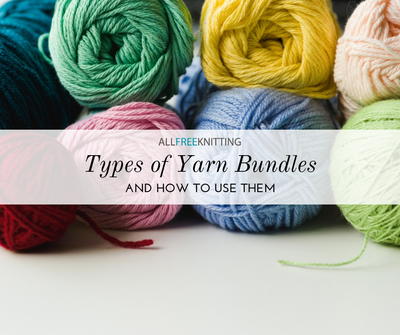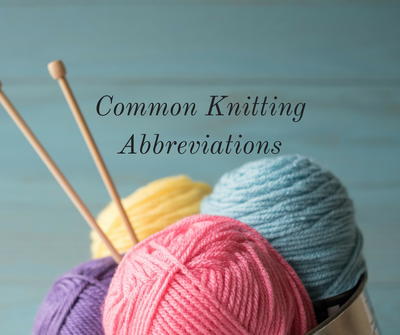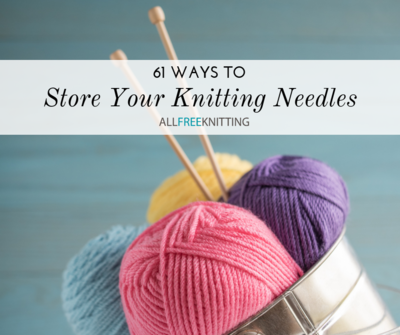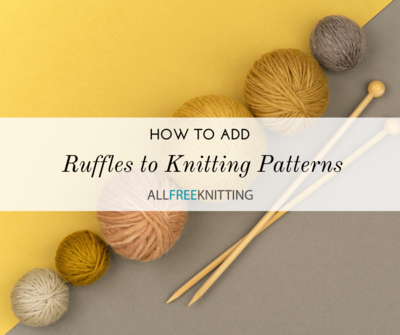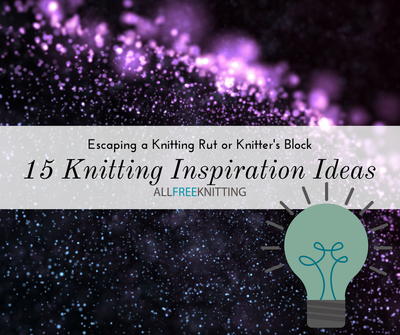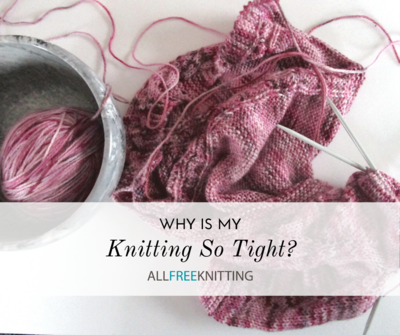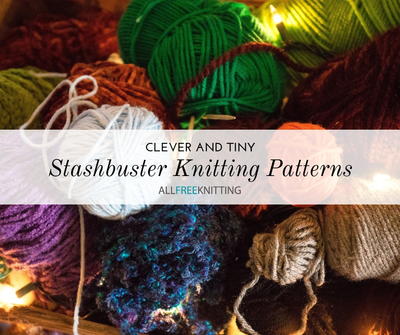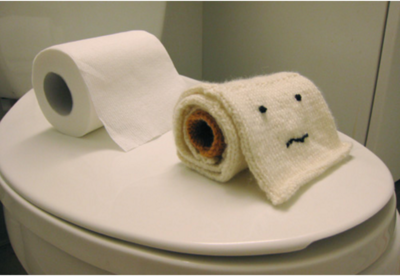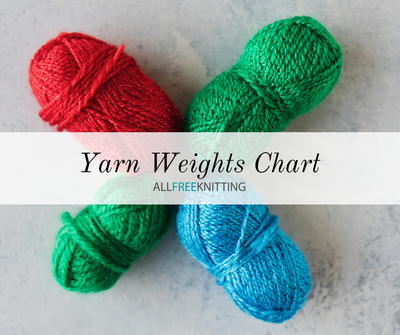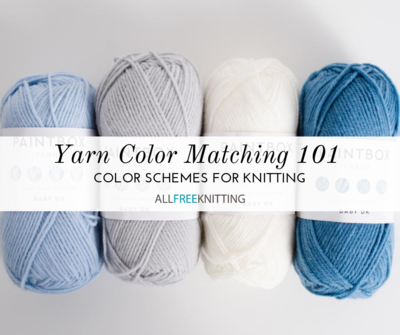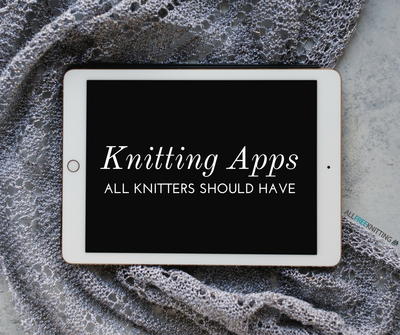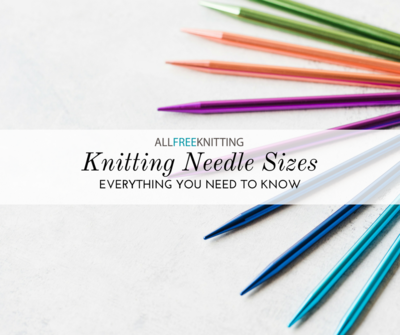The 6 Yarn Bundle Types and How to Use Them
When it comes to different types of yarn packaging, getting the terms straight is important for your future knitting projects!
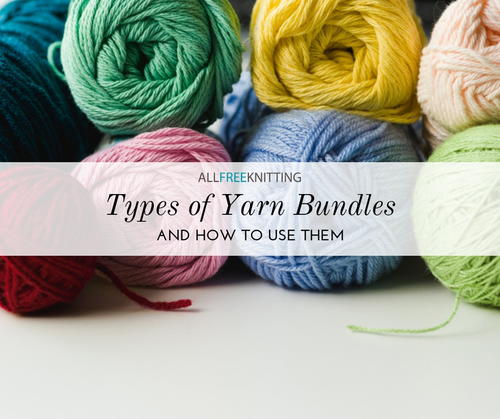
We’ve all been there. You are walking down the yarn aisle in your nearest craft store and the enormous immensity of yarn options for your next knitting project overwhelms you. What are you supposed to get? A ball? A skein? A hank? What do those words even mean? Do I have to learn another language in order to knit?
You’ll be glad to know you’re not alone. And, in fact, even the most experienced knitters disagree over yarn categories.
We hope we can clear up a bit of the confusion. Below we will talk about the three major yarn packaging and the best ways to use them, along with some details about other, less common yarn bundle types. We will also mention a few other terms you might come across in your knitting life, whether making something to wear or to decorate your home.
Some Yarn Basics
Before we get to the different types, let’s lay some groundwork.
First, the different names for yarn are based on the ways they are bundled into units, not on the quantity of yarn sold. The quantity can certainly play a part in the way a company decides to bundle it, but the names are based on the bundle method.
Second, as Stacey from freshstitches.com says, “there’s no ‘council of yarn dictators’ that will behead you if you use the wrong term.” And that’s true: it is more important to know that there are many terms and to know what to do when you bring each kind home.
With those things in mind, let’s jump in!
1. Skeins of Yarn
Everyone agrees that the yarn bundles shown below are skeins -- long, tube-shaped bundles that are often densely wound. These skeins are always made to be center-pulled, which means you use the yarn from the center of the skein first rather than the outside. Skeins are convenient because they are easy to start and don’t roll around as you knit.
For most major yarn companies, this is the only way of bundling that is called a skein. Often the word "skein" is used to refer to a certain quantity of yarn -- at one point, "skein" was a measurement of length. That said, for the purposes of yarn these days, a skein is simply this style of a bundle of yarn:
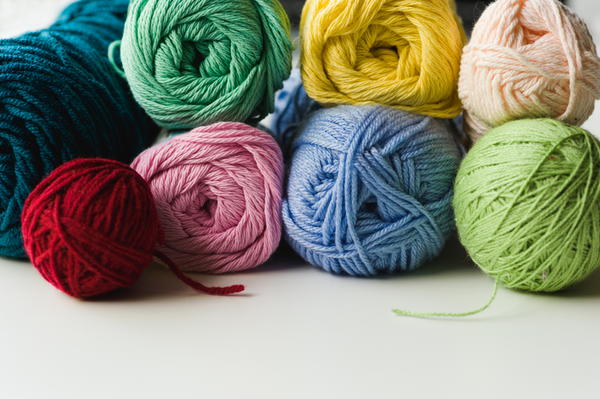
2. Balls of Yarn
Defining a ball of yarn is a bit more difficult. Most major yarn companies, like Red Heart and Lion Brand, define a ball as a pudgy, slightly squishy bundle, like the ones pictured above. These are also called "bullet skeins."
While some balls have a center pull, others do not. Red Heart warns their balls do not have this feature, and your yarn will become a tangled mess if you try to use them that way.
However, as mentioned earlier, a lot of people call this bundle a skein. This is mainly because they consider a ball to be a hand-wound sphere that rolls around easily like the one pictured below. This hand-wound sphere is also a ball, so there is a bit of overlap there.
The most important thing to know is to be careful when using a ball in order to avoid a tangly mess. You might consider winding your (company defined) ball into a hand-wound ball since a hand-wound ball is much less likely to tangle.
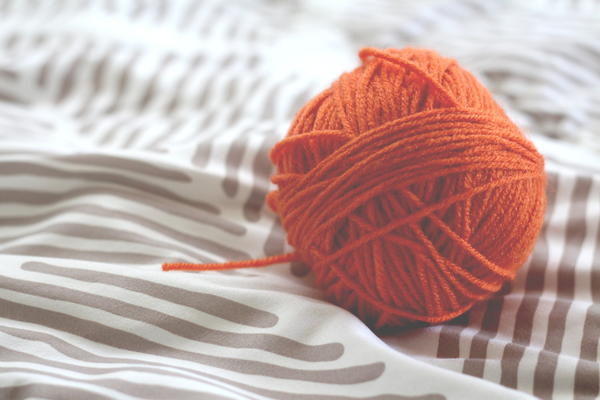
3. Hanks of Yarn
A hank is probably the most straight forward, but least known, form of bundling yarn. A hank of yarn is a long loop of yarn that is either folded over or twisted like the twisted hanks in the above photo.
You will generally find hank yarn at higher-end yarn stores, so you will probably come in contact with it at some point. When yarn is dyed, it has to be packaged in a hank, so that is why yarn often remains in this form for sale.
An important thing to know - you cannot immediately use a hank, you must first wind it into a ball or cake (described below). Knowing how to wind a hank of yarn into a ball or cake is a very important skill!
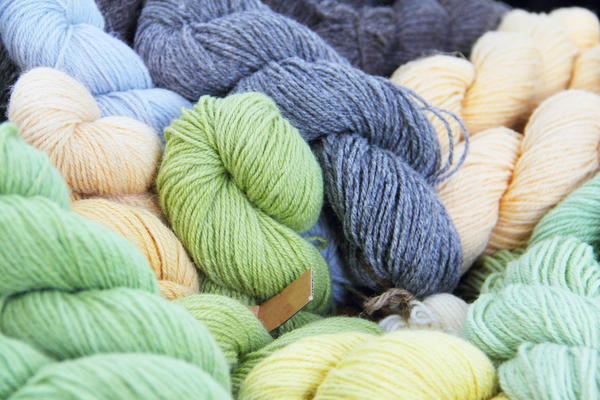
Other Bundling Terms
Cakes are wound using a special winding machine and are center-pull, like skeins, but look more like a ball. The nice thing is, they lay nice and flat for controlled knitting.
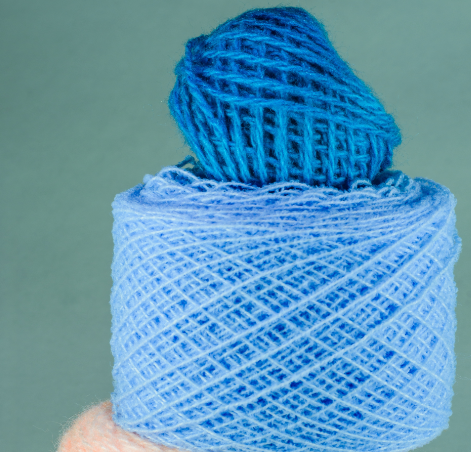
Donuts are very similar to cakes, except they are more rounded over and sphere-like. They are also center-pull.
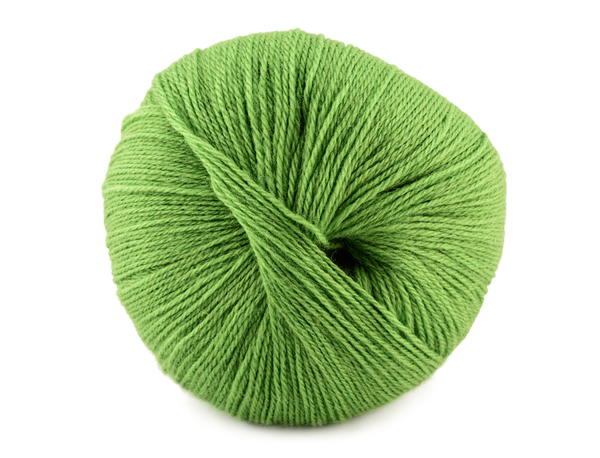
Cones are bundles of yarn that according to Stacey from freshstitches.com are “wrapped around a conical cardboard cylinder.” Oftentimes you will see cones with extra large quantities of yarn.
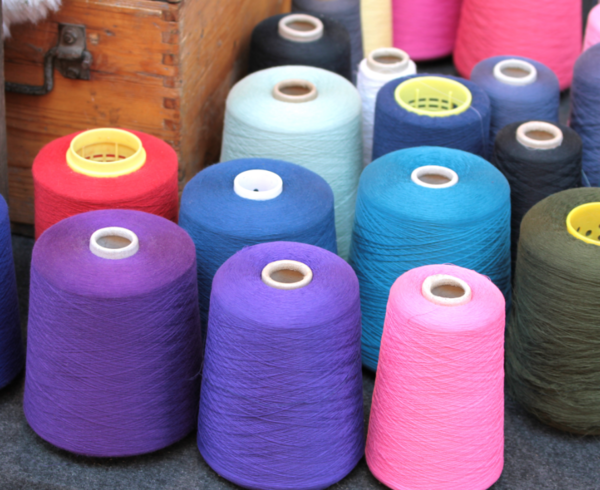
We hope this has helped you get to know the different terms. Like we said earlier, you aren't going to get in trouble if you don't know the exact term, but it is good to know what is out there!
What's your favorite yarn bundling category?
Let us know in the comments!
Read NextYarn Weight Categories 101

